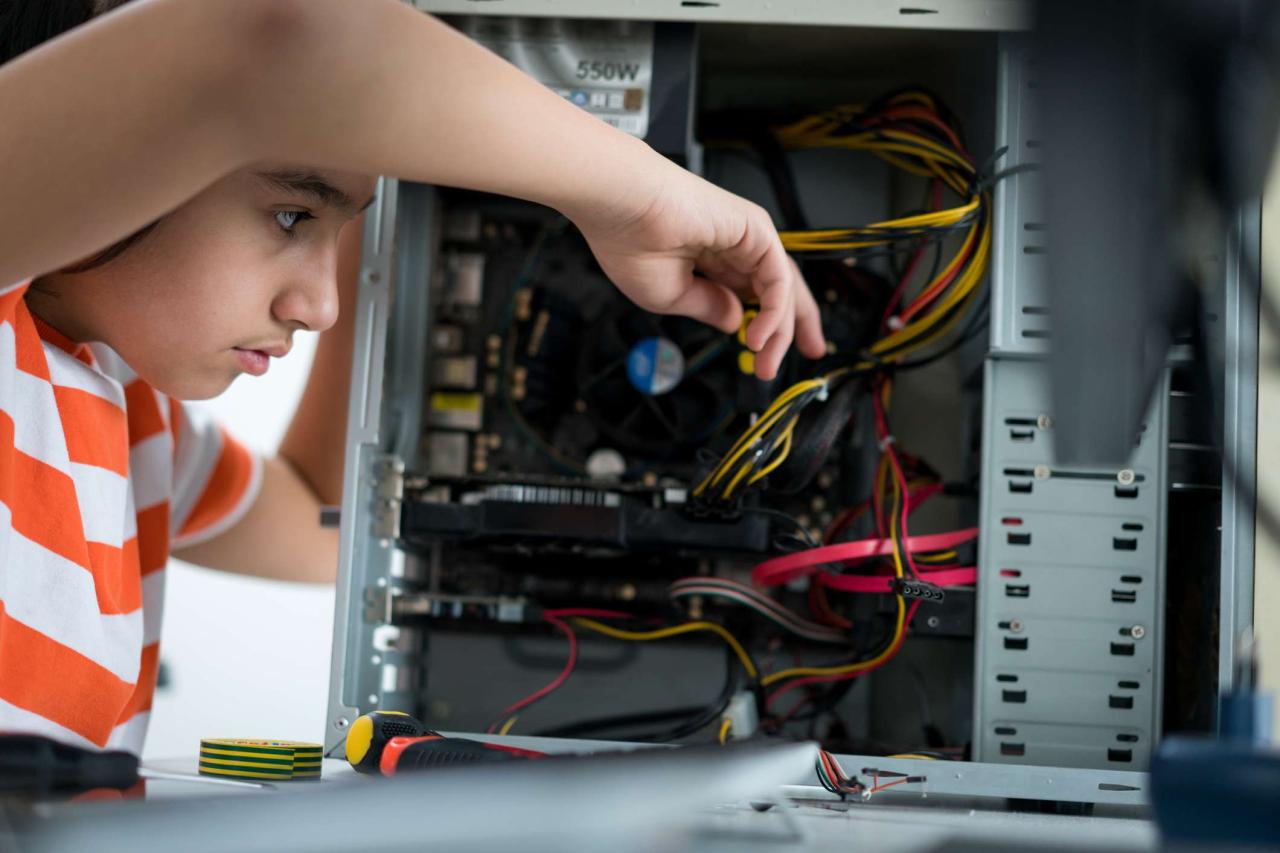How to Install a New Hard Drive or SSD is a topic that opens the door to enhancing your computer’s performance and storage capacity. Whether you’re running out of space for your files or looking to speed up your system, upgrading your hard drive or switching to an SSD can make a significant difference. With technology advancing rapidly, understanding this process can empower you to maximize your device’s potential.
In this guide, we will walk you through each step of the installation process, discuss the tools you’ll need, and highlight essential tips to ensure a smooth upgrade. From choosing the right type of drive to properly connecting it to your system, we aim to provide you with a comprehensive understanding of the entire process.
In today’s fast-paced digital world, the importance of effective communication and understanding how to express oneself clearly cannot be overstated. The nuances of language, the tone of the message, and the medium of communication all play a significant role in how messages are received and interpreted. This article aims to explore the various facets of communication, emphasizing the significance of clarity and adaptability in our messages.To begin with, let’s consider the basics of communication.
At its core, communication is the process of conveying information from one entity to another. Whether it’s verbal, non-verbal, written, or visual, the essence of communication lies in the exchange of ideas. However, effective communication goes beyond just sending a message; it involves ensuring that the recipient understands and resonates with that message. This is where clarity comes into play.Clarity in communication is essential for preventing misunderstandings and misinterpretations.
When we articulate our thoughts clearly, we reduce the chances of confusion. For instance, in professional settings, vague emails or ambiguous instructions can lead to mistakes, delays, and frustration. To enhance clarity, one can employ several strategies:
1. Be Concise
Avoid cluttering your message with unnecessary details. Stick to the main points and provide only the relevant information. This helps the recipient grasp your message quickly and effectively.
2. Use Simple Language
While it’s tempting to use complex vocabulary to sound more sophisticated, simplicity often leads to better understanding. Choose words that are easy to comprehend and avoid jargon unless it’s industry-specific and understood by your audience.
3. Structure Your Message
Organizing your thoughts logically can significantly improve clarity. Use bullet points, headings, or numbered lists to break down information into digestible parts. A well-structured message is easier to follow.
4. Provide Context
When introducing new ideas or concepts, offering background information can help the recipient understand your perspective better. Context aids comprehension and allows for a more profound connection to the message.
5. Encourage Feedback
After delivering your message, invite questions or encourage the recipient to paraphrase what they understood. This two-way communication fosters a clearer exchange and ensures everyone is on the same page.In addition to clarity, adaptability in communication is equally important. Different situations call for different tones, styles, and mediums. For instance, the way we communicate with colleagues in a formal meeting differs from how we interact with friends over text messages.
Adapting our communication style to the audience and context can significantly enhance engagement and effectiveness.
1. Know Your Audience
Understanding who you are communicating with is crucial. Tailor your language, tone, and approach based on the recipient’s preferences, background, and relationship to you. A message that resonates with one group may fall flat with another.
2. Choose the Right Medium
The medium of communication can influence how your message is perceived. For instance, sensitive topics are often better discussed in person rather than through email. Conversely, quick updates might be more suitable for instant messaging. Consider the implications of your chosen medium and how it aligns with your message.

3. Adjust Your Tone
Different situations necessitate different tones. While a formal tone may be appropriate for business communications, a friendly and casual tone might be more suitable for informal conversations. Pay attention to the emotional undertones of your messages and adjust accordingly.
4. Be Open to Different Perspectives
Effective communication is not just about expressing your thoughts; it’s also about being receptive to others. Listening actively and considering alternative viewpoints fosters a more inclusive dialogue and strengthens relationships.
5. Utilize Non-Verbal Communication
In face-to-face interactions, non-verbal cues such as body language, facial expressions, and eye contact can enhance or contradict your verbal message. Being aware of these cues adds depth to your communication and can significantly impact the interaction.Furthermore, the rise of digital communication has transformed the way we interact. With the advent of emails, social media, and messaging apps, the speed and accessibility of communication have increased dramatically.
However, this shift comes with its challenges. The absence of non-verbal cues in written communication can lead to misunderstandings. To navigate this, it is essential to be mindful of tone and intent when crafting messages.For example, the use of emojis can help convey tone in casual communication, but they may not be appropriate in professional settings. Understanding the implications of your communication style in different contexts will improve the quality of your interactions.Moreover, technology has also provided tools to enhance communication.
Video conferencing platforms, collaboration tools, and project management software enable teams to connect and collaborate efficiently, regardless of geographical barriers. Embracing these tools can streamline communication processes and increase productivity.In conclusion, effective communication is a multifaceted skill that requires both clarity and adaptability. By honing these skills, individuals can improve their ability to convey ideas, foster relationships, and collaborate effectively in various settings.
Whether in personal interactions or professional environments, the way we communicate significantly influences our connections with others. Remember, the goal of communication is not only to express oneself but also to ensure that the message is understood and appreciated by the recipient. As we continue to navigate the complexities of modern communication, let us strive to be clear, adaptable, and mindful in our interactions.


